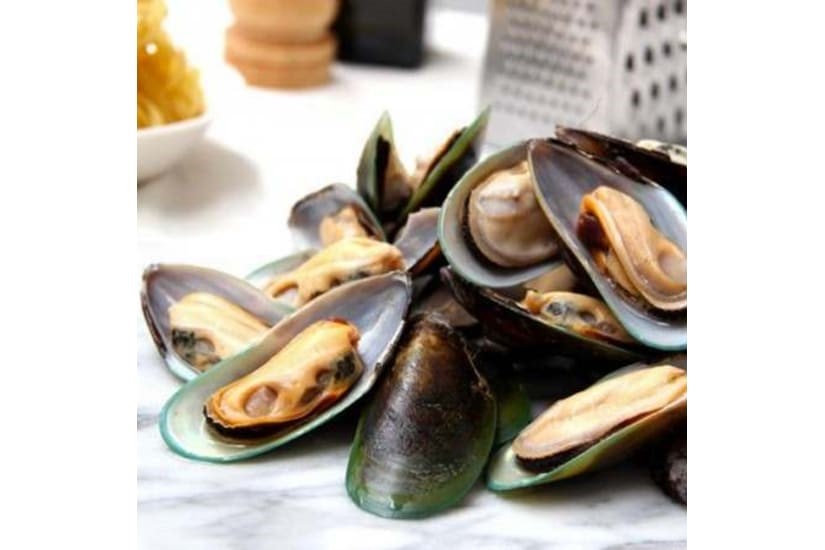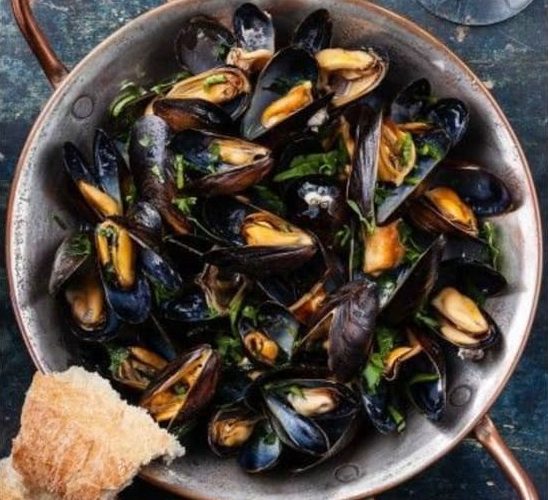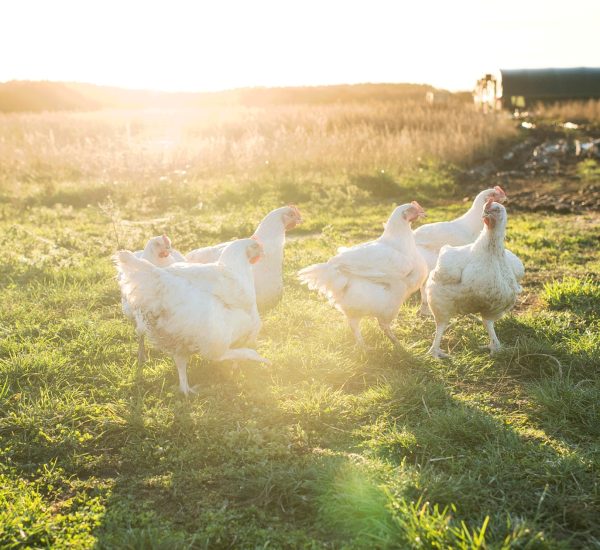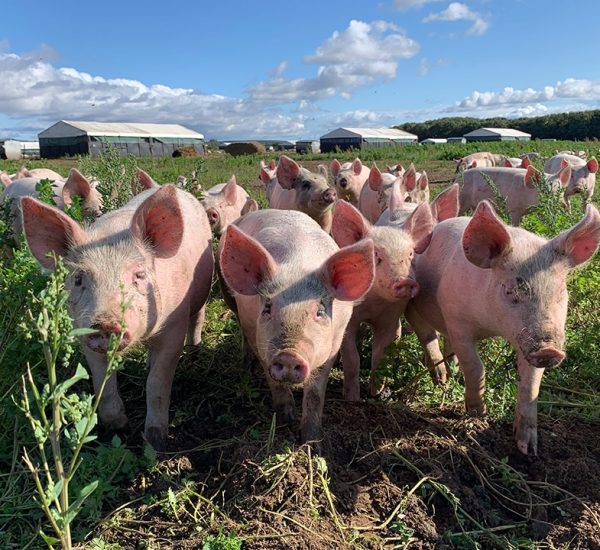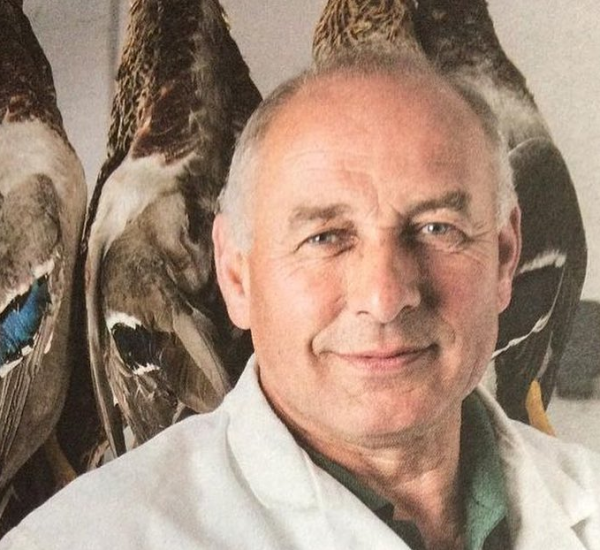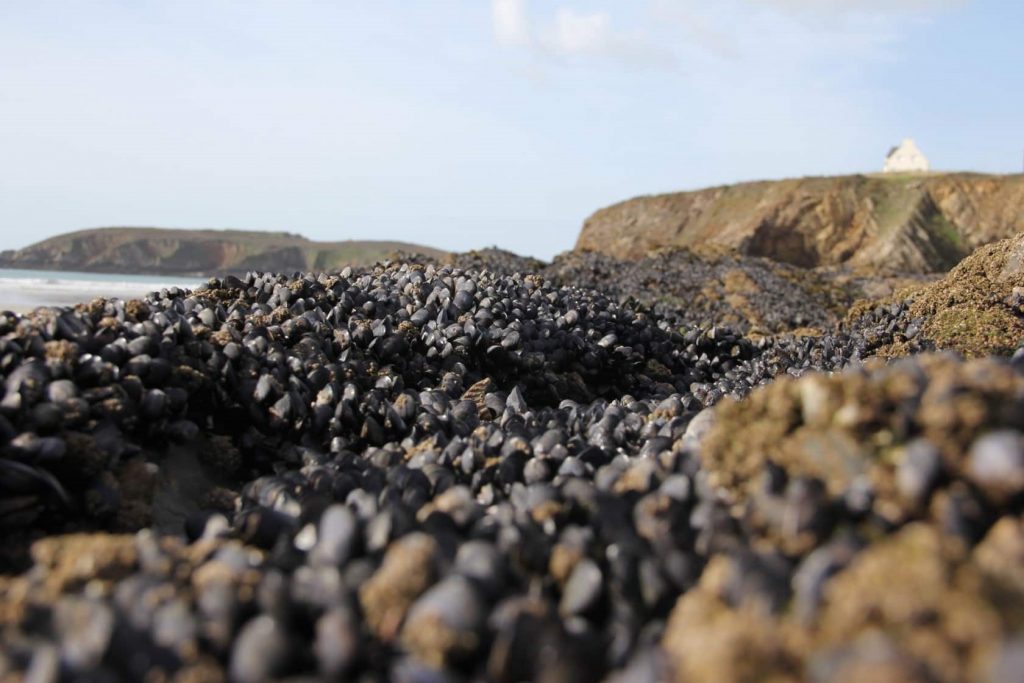
Everyone loves fresh mussels – they’re meaty, tasty, healthy and easy to cook. Not to mention fun to eat when served in their shells.
A huge Thank You to Kaitlyn Jannetta at The Fish Society for the below tutorial on Mussels and for sharing their fantastically popular Garlic Mussel Gratin recipe here. Enjoy!
ICONIC
Mussels are one of the most popular and iconic seafoods. They’re found all over the world almost everyone who has walked along a rocky British coast at low tide has witnessed countless thousands of small mussels clinging to the rocks in tightly packed beds. But these wild mussels are only a small fragment of the mussel industry because well over 90 per cent of all mussels sold for eating are farmed. However, without wild mussels’ there would be no farming.
FOUR MAIN SPECIES
There are many species of mussels but four account for the vast majority of commercial supply in Europe. The blue mussel is the one you see on UK coasts. It’s fairly small, and it’s shell tends to be thin. The Mediterranean mussel is bigger, it has a tougher shell. It prefers warmer waters and is from the northern coast of Spain into the Mediterranean.This is The Fish Society’s preferred mussel.
Mussels from the west Pacific often have a green tinge along the opening edges of their shells. The New Zealand greenlip mussel, is found along the entire coast of New Zealand and there is a major farming industry concentrated in the north. This is a much bigger mussel than the European species. Some say that consumption of this mussel helps sufferers from osteoarthritis and the key extracts are available in capsule form from health shops. The fourth mussel readily available in Europe is the Chilean mussel. It’s similar in size to the Mediterranean mussel.
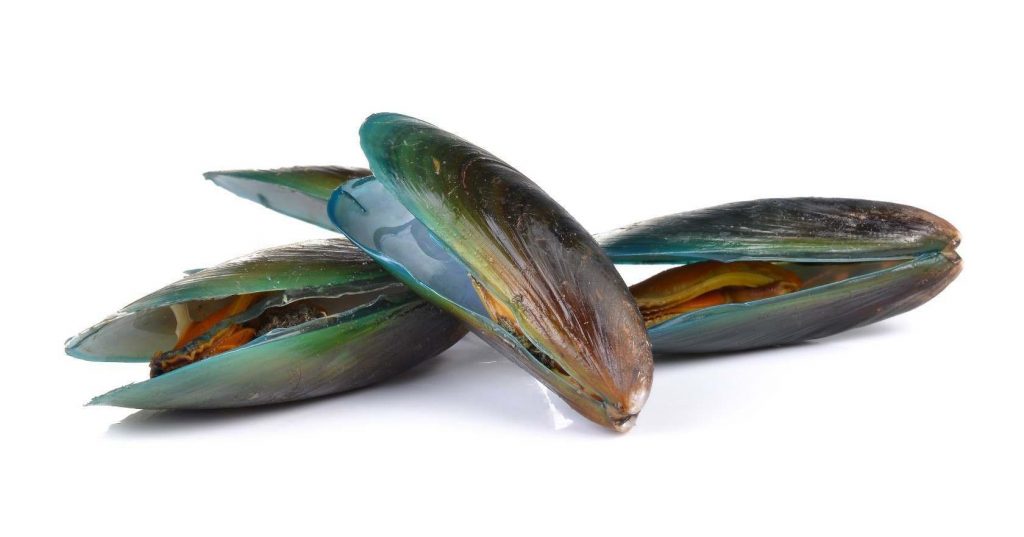
HEALTHY
Mussels are a healthy food. They are particularly rich in vitamin B-12 (good for nervous system and red blood cells), selenium (immune system) and manganese (brain, nervous system and general metabolism).
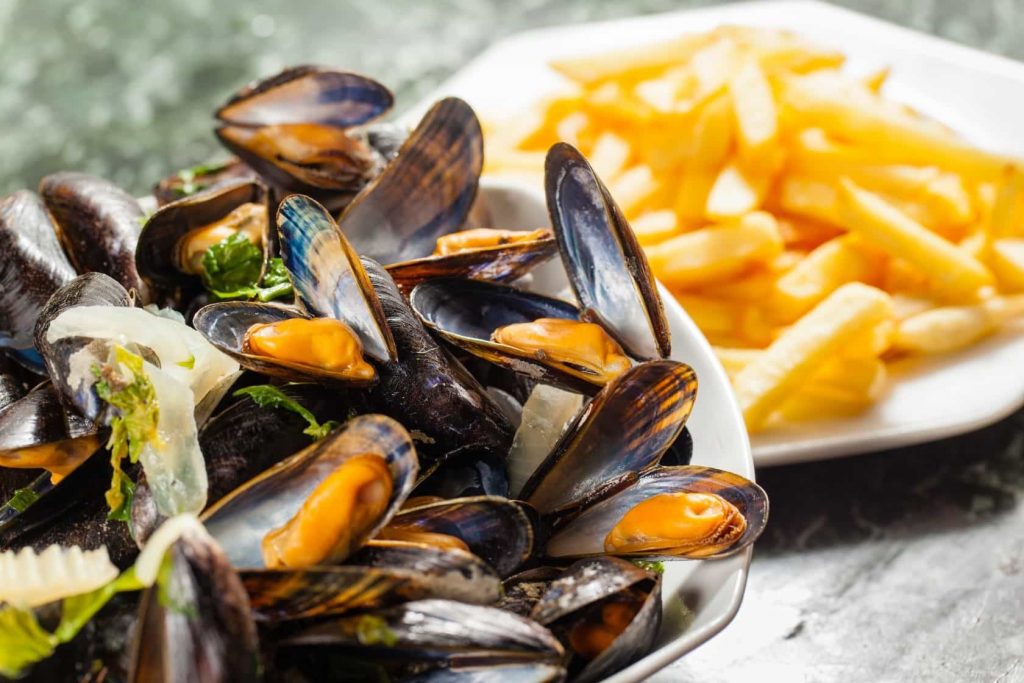
SUSTAINABILITY
Mussels do not require commercial feed – they get all they need by filtering 30 or more litres of seawater per hour. So you get an awful lot of protein for zero food input. Perhaps the main problem for mussel farms is public opposition to the visual impact of mussel farms on coastal scenery.
Source: The Fish Society
Try Whole Mussels from Galacia in Northern Spain
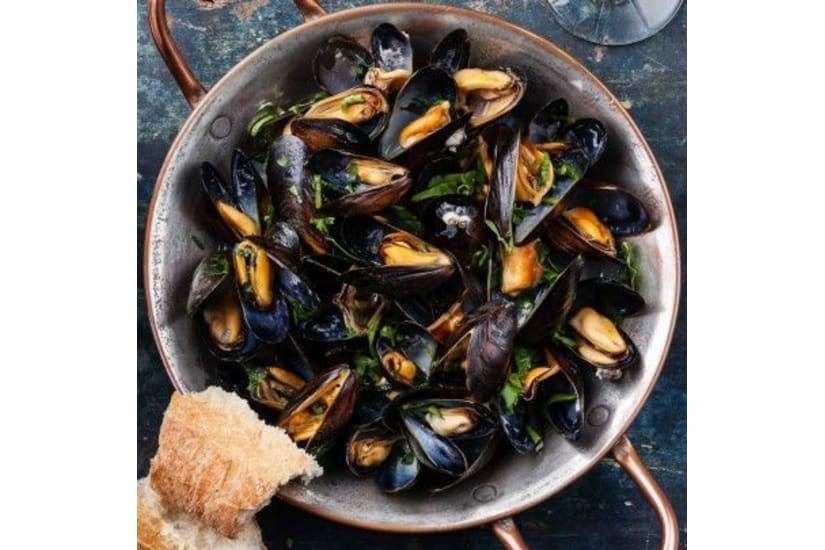
Try Half Shell green lipped Mussels from New Zealand
